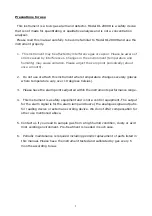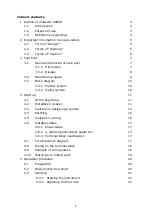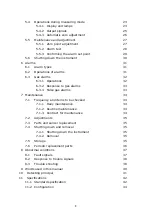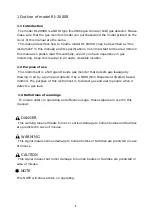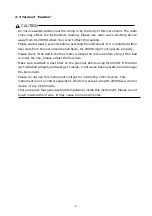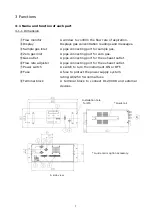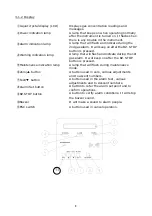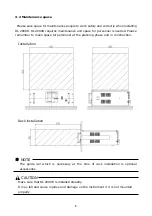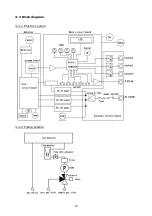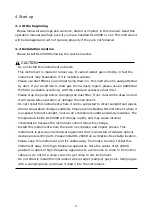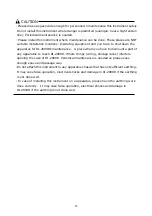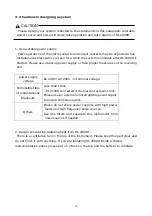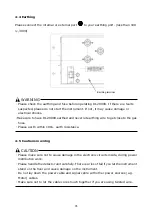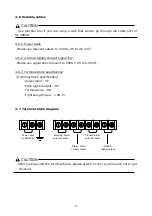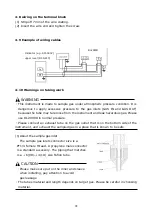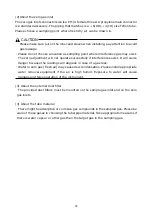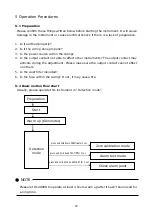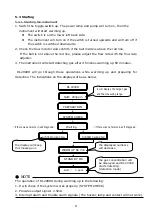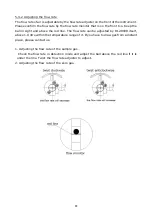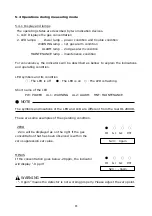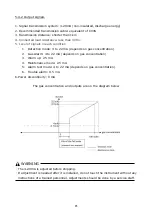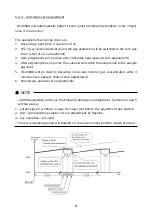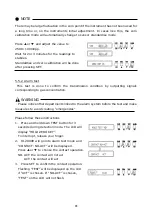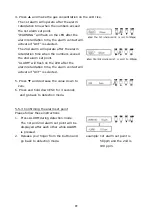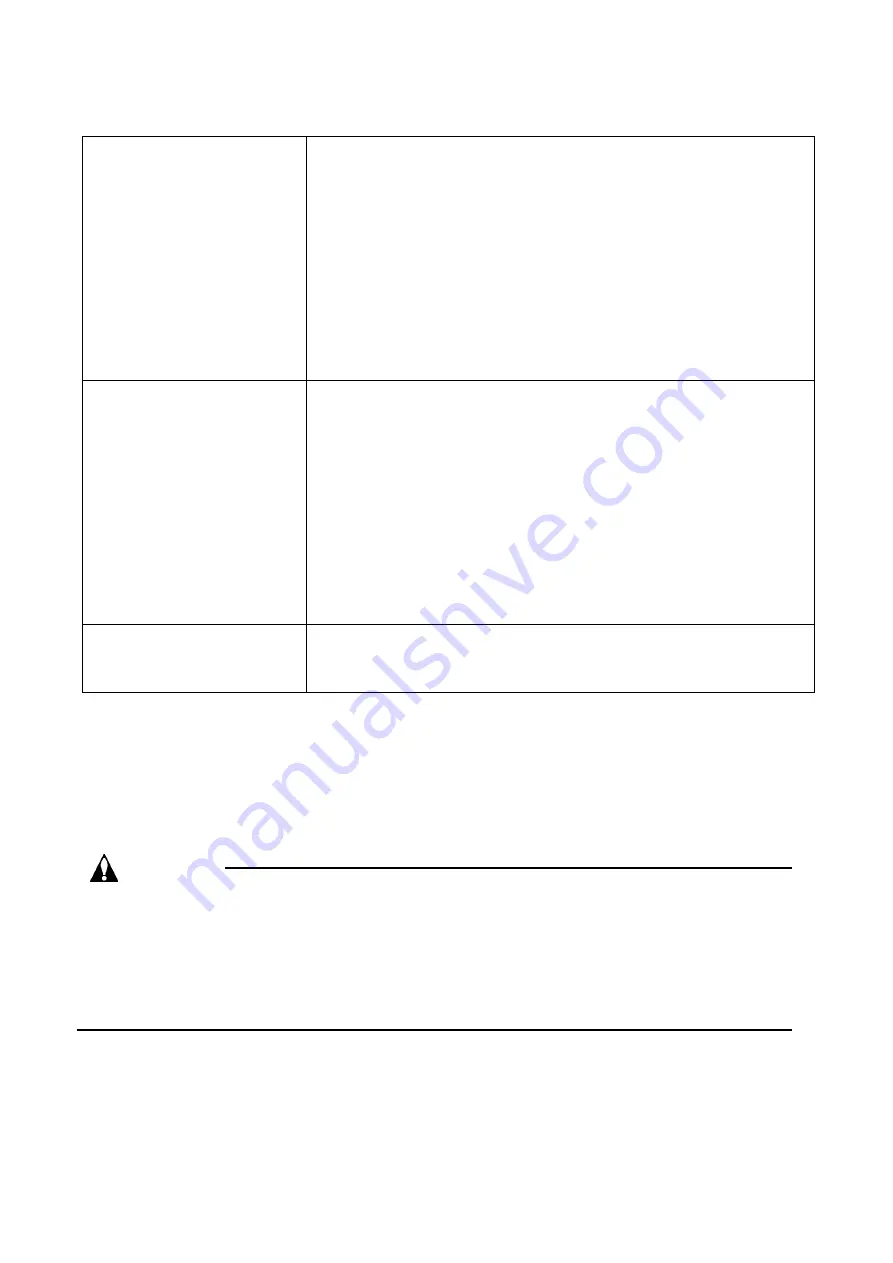
14
3.
Lightning Surge Suppression
4. Alarm contacts
The alarm contacts of this instrument are intended for transferring signals to alarm
buzzers and alarm beacons. Please do not use RI-2000R for controlling systems
(example: to control isolation valves).
CAUTION
・
The de-energized break contact (b contact) may be instantaneously opened when an
exogenous shock is applied.
・
Please take measurements against the instantaneous operations that happen when
using the b contact as an alarm contact (optional). Example: make a 1 second delay
in the receiving side of the b contact.
What is lightning surge?
There are problems related to lightning inside factories and
plants in these cases: When the wiring is done outdoors, and
when outdoor cables are lead inside and wired along side of
indoor cables. If lightning is a huge electrical source, the
cables are an antenna. Then instruments connected to the
cables may be damaged due to high electricity. We cannot
prevent growth of thunder clouds and strikes of lightning.
You cannot avoid lightning surge completely by burying
cables underground or laying cables inside a metal tube.
Lightning Surge
Suppression
There are no complete ways to avoid damage from
lightning but there are measures that can be taken. Please
take appropriate measures according to the environment
and the level of importance of your facilities.
1. Use fibre optics to send signals.
2. Use lightning arresters. In case lightning surge comes in a
cable, the lightning arrester will protect central processor
and instruments. For information about lightning arresters,
please contact manufacturers.
Protective earthing
Surge noise does not only come from lightning. Please earth
instruments to protect them from electrical noise.


